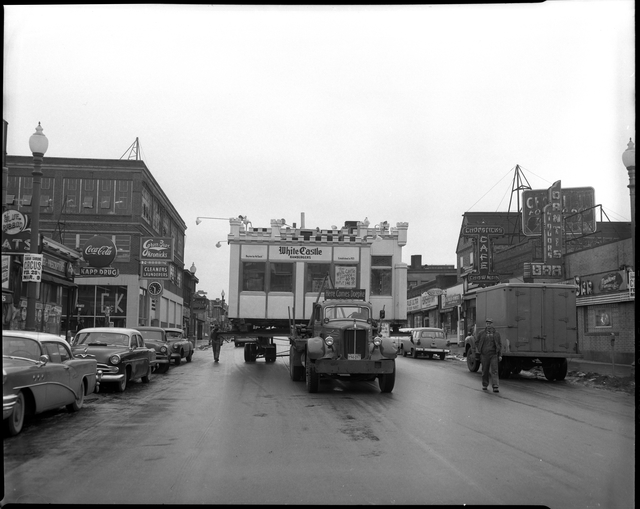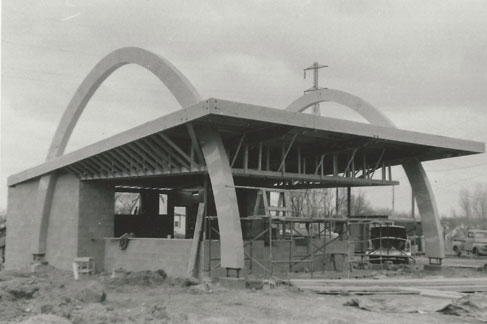January’s History Friday: Kraus-Anderson Ushers in the Automobile Age
By Matt Goff, Kraus-Anderson Historian/Archivist
A Century ago, Kraus-Anderson ushered in the Age of the Automobile.
The Twin Cities were built for the automobile industry. As one of the most prolific and historic construction companies in the region, Kraus-Anderson is responsible for much of that building.
The Prehistory of the Automobile in Minneapolis
In the early 20th Century, J.L. Robinson, the founder of Kraus-Anderson, was the go-to contractor for the Columbus Buggy Company in Minneapolis. As the name suggests, the company began in Columbus, Ohio. At its height, it was the largest manufacturer of buggies in the world, with over 1,000 employees and branch locations throughout the United States. The building pictured below (on Marquette Avenue near 8th Street) was initially constructed in the 1880s, before Robinson’s career began, but Robinson was called upon several times to renovate and add to the Columbus Buggy building. As the horse and buggy age gave way to the automobile age, additions and renovations were necessary to convert this space into an early example of a car dealership and repair shop. In later years, with clients like Harry Pence, Standard Oil Company, and Leslie Fawkes, Robinson helped bring the automobile age to Minneapolis.
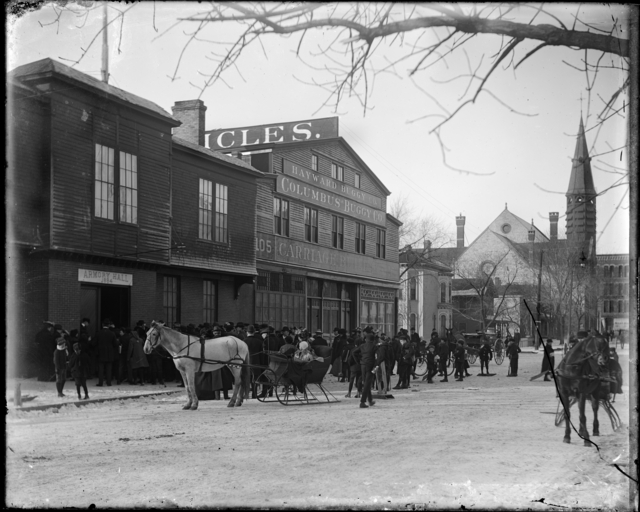
Loring Corners and the Fawkes Auto Company
Leslie H. Fawkes was a pioneer of the automobile industry in the Twin Cities, and his relationship with Robinson was important for the early history of Kraus-Anderson. Born in Illinois, Fawkes moved to Minnesota just in time to participate in the cycling boom of the 1890s, opening a small bicycle shop in 1893. Fawkes was successful enough peddling bikes (pun intended) that he was able to participate in the transition from the cycling craze to the automobile craze of the early 20th century. His Great Western Cycle Company became the Great Western Cycle and Auto Company. By 1911, when Robinson built a warehouse for the Fawkes Auto Company, the transition was complete. His 1946 obituary claims that Fawkes was the first automobile dealer in Minneapolis. Whether or not this is strictly true, Fawkes’s preeminence as an auto dealer was exemplified by the Fawkes Building that Robinson constructed in 1917.
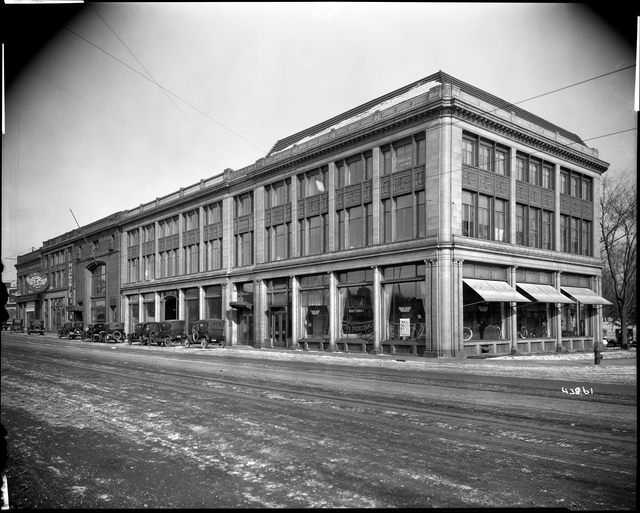
Where Hennepin and Lyndale Avenues come together on the periphery of downtown Minneapolis, the Fawkes Building was positioned at one of the busiest intersections in the city. Even though Fawkes couldn’t keep hold of his preeminent position as a seller of automobiles through the economic downturn of the 1930s, the Fawkes Building (now called Loring Corners) remains a Minneapolis landmark. Known for housing fashionable restaurants and various creative endeavors, the building that Robinson constructed in 1917 now benefits more from its position on Loring Park than it does by facing the busy traffic of downtown Minneapolis.
Lincoln Bank: Financing the Minneapolis Auto Industry
In 1919, Robinson got a permit to construct a building on the corner of 8th and Hennepin in downtown Minneapolis. As the offices for the recently formed Lincoln National Bank, it was a solid, well-appointed building, but similar to other buildings, especially in the nearby financial district. It would likely have surprised its builder that this office tower was destined to be included in the National Register of Historic Places. The urban renewal efforts of the late 20th century were so inhospitable to old downtown Minneapolis buildings that the Lincoln Bank, if for no other reason, is notable for having merely survived. As the demolition of downtown blocks was at least partially the result of the automobile age, it is somewhat ironic that Harry Pence, founder of Lincoln National Bank, did more than any Minneapolitan to usher in the age of the automobile. As one of the most successful car dealers in the United States, Pence’s bank on eighth and Hennepin intended to “take care of the automobile business” that was then centered southwest of downtown.
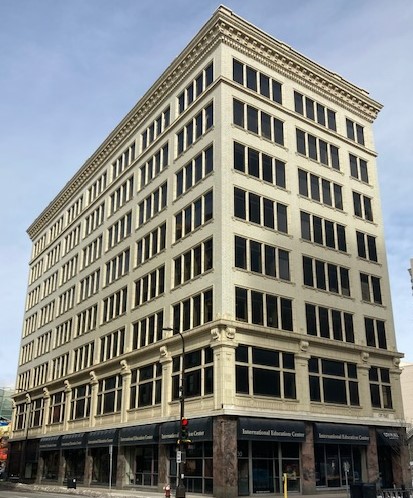
Not long after Robinson completed the Lincoln National Bank building, changes in banking regulations allowed national banks to have multiple branches. Northwestern soon swallowed up Lincoln. This handsome relic of a different time in the economic history of Minneapolis lives on as City Place Lofts, offering relatively affordable housing in the heart of the city.
Robinson was also instrumental in the early years of the automobile industry through the construction of some of the high-profile landmark buildings for this industry— the places where cars were sold and financed. Most of the work, however, was still to come. In the 1920s, Robinson was the preferred contractor in Minneapolis for Standard Oil. In this decade alone, Robinson built over fifty gas stations.
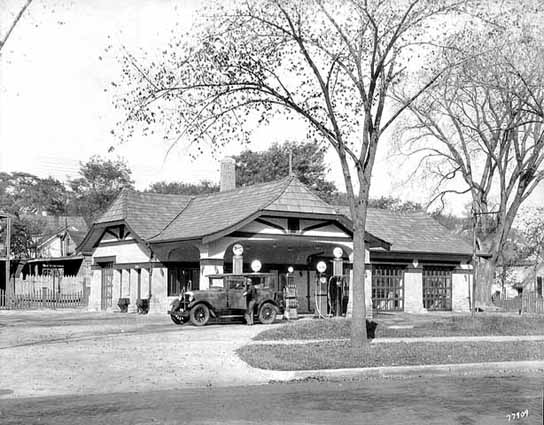
With clients like White Castle and Mcdonald’s, Kraus-Anderson also built most of the early examples of drive-thru restaurants in the region.
CATEGORY: History
